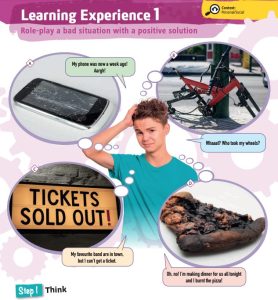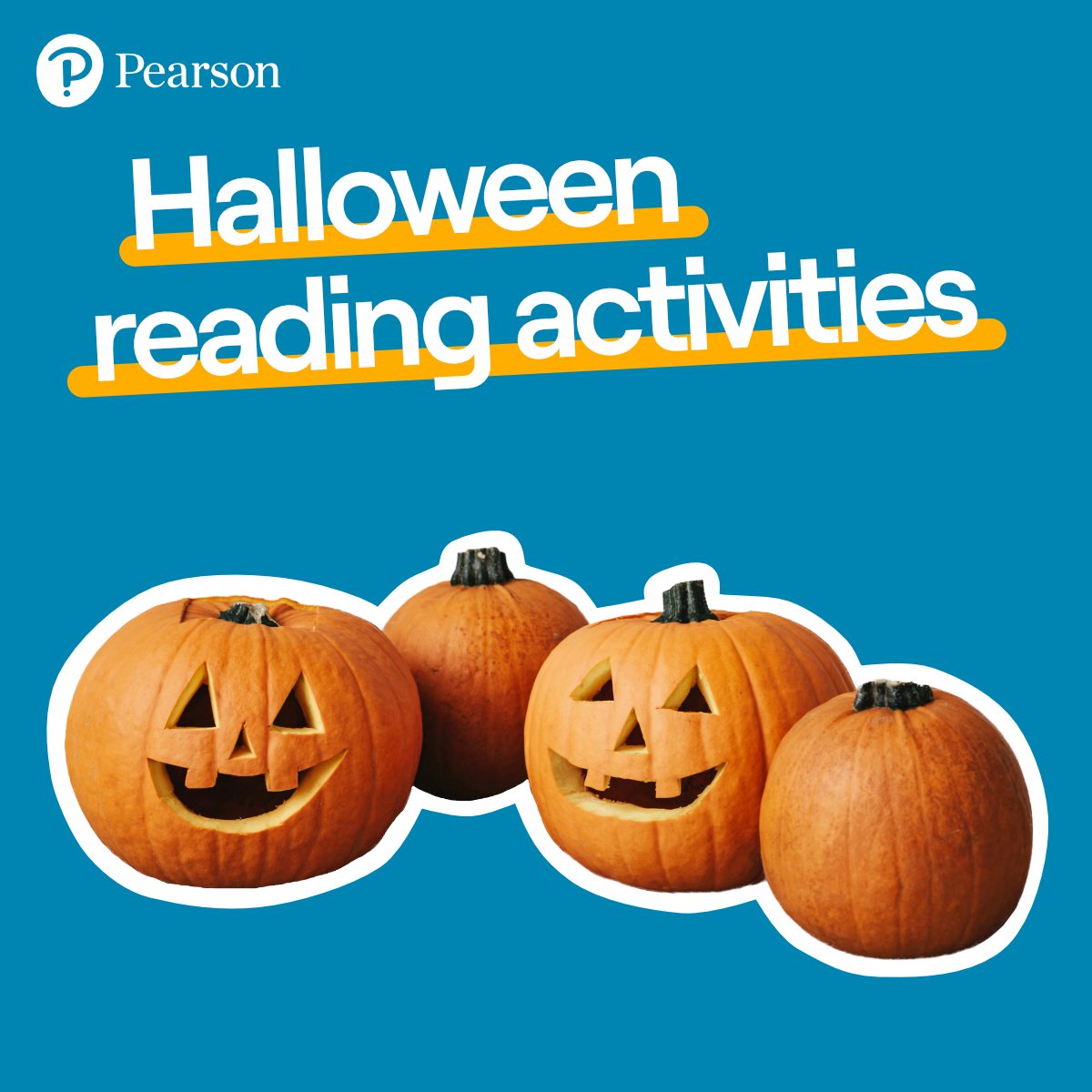 Another wonderful academic year is on the horizon, so here are some bright ideas to help you get organized and have fun with your new students:
Another wonderful academic year is on the horizon, so here are some bright ideas to help you get organized and have fun with your new students:
1. GET AHEAD WITH YOUR PLANNING
Depending on your situation, you may know ahead of time what books and resources you’ll be using this year. Block off a few mornings before starting your year to get to know your course book. You can think about how to make tasks easier or harder, how to turn some sections into more communicative or game-based activities. You can spend time looking up resources or finding ideas on the Internet. So much happens in the first few weeks of class that spending time earlier getting this done is vital.
2. THINK ABOUT ASSESSMENT
If you do know your course book ahead of time, think about which sections of the book you will use to assess your students, and how. Will you be doing a test at the start of the year to see what their level is like? Will you use mini tasks from the book every four weeks to assess progress in some areas? Does the course book come with assessment already built into its resources?
3. A WELCOMING SPACE
If you are permanently teaching in the same space every day, think about the decoration of your class. Can you put up colourful paper on the walls ready to show off students’ work in the future? Could you label in English some essential vocabulary, e.g. drawers, board, light switch. Can you put up posters that will help students with their English on the first day, such as useful phrases? If you are moving around to different rooms, perhaps you can keep some posters in your folder that can be transported from room to room and easily displayed.
5. DAY ONE AND WEEK ONE ICE BREAKERS
It is important to get to know your students, and for students to get to know each other, to build up a good bond for the year. The first days are the time to test out the rules, expectations and rhythm of the class so that when you start to teach from the course book, the class will go a lot smoother as students will know what is expected of them. The first few days are also wonderful because everyone is excited to be back and school and is looking forward to what the academic year will bring. Here are a few ice breaker bright ideas to try out:
-
Summer break slideshow
Students can make a short presentation of 5 slides maximum showcasing what they did on their summer holidays using photos they took on their phones. Set a criteria, such as: best photo, best meal, best item you saw, best photo of you, the funniest photo and they talk through what they did on their holidays. Using presentation software such as PowerPoint, Prezi or Pitch can be useful. Challenge the listeners to come up with one question to ask the presenter after the presentation. A much faster version of this for day one could be to use the app Photo Roulette where students guess who took which photo.
-
Get to know the teacher
Students love to find out facts about their teachers, so you can use this to help them practice their English and get to know you a little more. You could and ask a student to come and take an item. Then, students speculate with their partner or groups as to why this item is significant. For example, in the bag might be a small plastic toy dog, which shows you have a pet, an orange because it is your favourite fruit, and so on. To make this more movement based, designate one wall of your classroom as ‘true’, and the opposite as ‘false’ (use posters). Then, state some information about yourself and students run to the wall they think is the answer.
-
Student questionnaire
To assess reading and writing, you can ask students to fill in a question and answer paper on day one. For example, what is their favourite movie, music group, food etc. Then, for day two, you can prepare a ‘find someone who’ game based on the questionnaire answers.
-
Last person standing
Make sure students are sat at their desks in a rows and columns pattern.Tell one column (from front to back line) to stand up. Everyone else remains seated. Ask a question (it is best to prepare a long list of questions before class). Example questions: What’s this? How old are you? Only the students that are standing can answer the questions. If they know the answer they put their hand up. Ask one student with their hand up the answer (not necessarily in column order, try to make it random along the column). If they are correct they can sit down. Keep going until there is only one student stood up. Now the row of that student stands up and the game begins all over again. It’s a great way to bond and to review and test out what English your students know already.
-
Student parameters
Ask students to line up according to different criteria, for example ‘tallest to shortest’ ‘longest hair to shortest hair’ ‘shoe size’ ‘rainbow order t-shirts’. Time students – can they beat their time with each new criteria?
-
Question swap
Prepare some cards with some questions on, e.g. What are you looking forward to most this year? What would you do if you were suddenly a millionaire? Then, give each student in your class one question card face down. I tell them not to look until each student has a card. Once everyone is ready, students will move freely around the room to find another student in order to ask them the question on their card. After they answer, that student will then ask the question on their card as well. When both students have successfully asked and answered each of their questions, they trade cards and move around the room again to find someone new. The goal is to ask, answer, and trade cards as many times as possible so they can meet all of their classmates. It’s a perfect activity for teachers to join in as well.
Good luck and enjoy this new school year!


















































